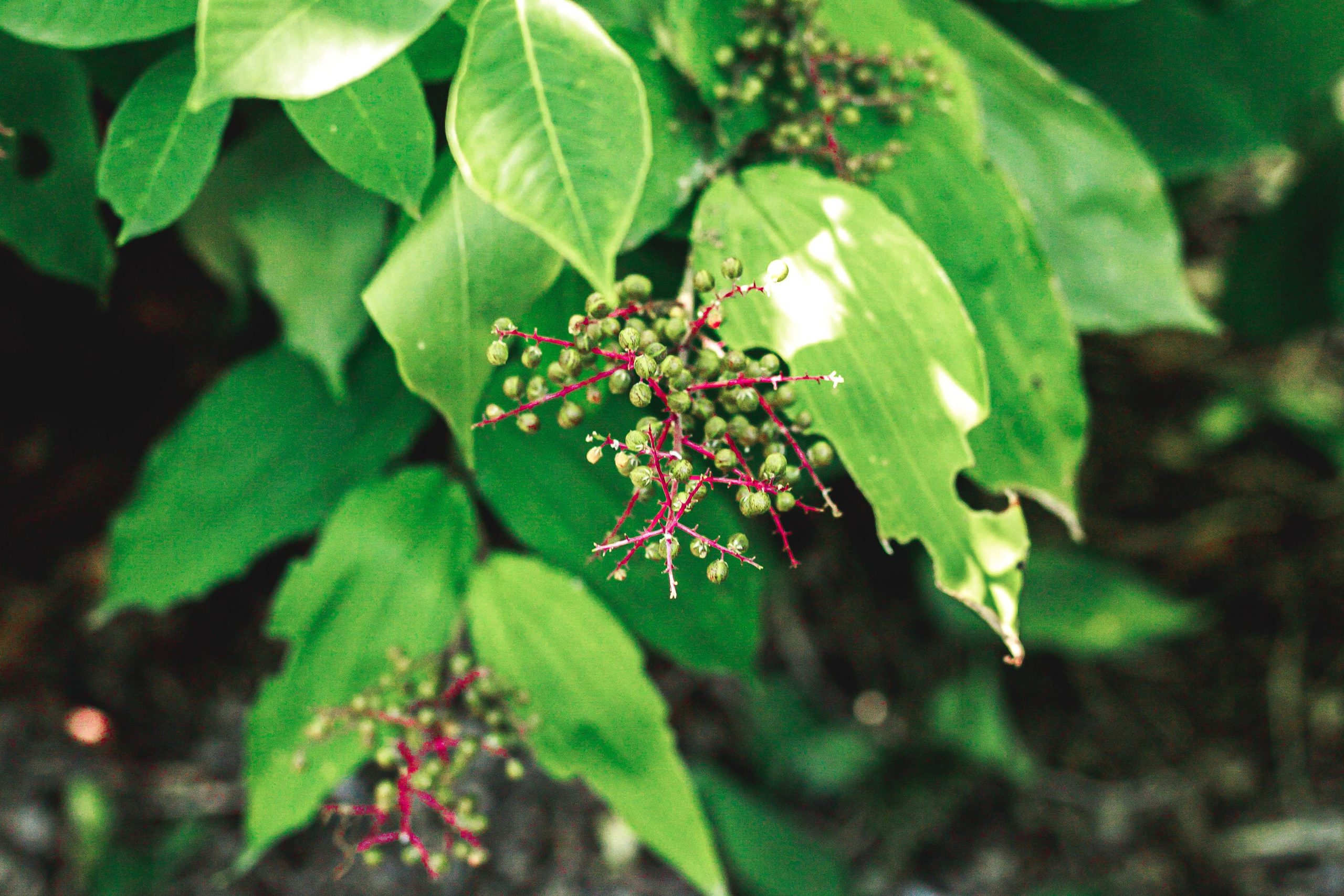Michigan’s 5 Most Common Poisonous Plants to Avoid
Michigan has a wealth of vegetation that’s lush and expansive. Natural beauty and an idyllic setting for outdoor fun are some of the state’s main attractions. As residents and visitors play, explore and even forage in the state’s outdoor spaces, some risks are involved. Several native and invasive plant species can harm humans if touched … Continued


Michigan has a wealth of vegetation that’s lush and expansive. Natural beauty and an idyllic setting for outdoor fun are some of the state’s main attractions. As residents and visitors play, explore and even forage in the state’s outdoor spaces, some risks are involved. Several native and invasive plant species can harm humans if touched and are even deadly if ingested. Poison sumac, for example, is gorgeous in the fall. However, if you touch it, you can have a painful rash.
To help you stay safe, here’s a list of plants you should never touch.
Giant Hogweed
Giant hogweed is an invasive plant that can be dangerous if touched. Michigan’s Invasive Species Program states that coming into contact with giant hogweed can cause skin inflammation and eye irritation, leading to permanent blindness in severe cases.
Giant hogweed can reach 14 feet tall, making it difficult to avoid if you’re walking in a wooded area or hiking a trail. This plant features white flowers and a thick, hollow stem covered with green and purplish-red splotches and coarse white hairs.
Cow Parsnip
Cow parsnip appear similar to the giant hogweed plant and is often misidentified as such. The plant has large, white flowers in flat-topped clusters and can grow up to 10 feet tall. However, cow parsnip don’t have the stiff bristles and purple spots found on the stems of giant hogweed. Instead, cow parsnip have stems that are fuzzy and grooved.
Like giant hogweed, cow parsnip can also cause skin irritation, blistering rashes, skin discoloration, and temporary or permanent blindness if you come into contact with it.
Poison Hemlock
According to the National Capital Poison Center, poison hemlock is a dangerous and deadly plant. It’s notoriously known for killing the great Greek philosopher Socrates, who died after drinking hemlock tea. Poison hemlock can cause vomiting, diarrhea, paralysis, convulsions, coma, and death if ingested. Its toxic properties also cause skin irritation that can lead to blisters or a rash, and its sap causes severe burning of the eyes.
If you or someone in your home comes in contact with poison hemlock, you should call your local poison control center immediately. If you cannot contact a local center, you can call Poison Control at 1-800–222-1222 — they’re available 24 hours a day, seven days a week.
Poison Ivy
Poison ivy is one of Michigan’s most common types of dangerous plants. Whenever its leaves or other plant parts are damaged, bruised, or burned, poison ivy releases an oil (urushiol) that can cause rashes, itchiness, and blistering on the skin. It can also get into your eyes and cause painful red eyes or burning eyelids.
According to the Department of Plant, Soil, and Microbial Sciences at Michigan State University, the best way to treat poison ivy is to remove the oil from your skin as soon as possible. This method will prevent it from spreading to other parts of the body or other people or objects.
Poison Sumac
Poison sumac is a highly aggressive native shrub/tree commonly found in southern lower Michigan, with high concentrations in the Lansing area and southeast Lower Peninsula. In fact, according to the National Resources Conservation Service, Michigan is covered with these poisonous plants, with one-third of the state containing poison sumac.
Like poison ivy, poison sumac can cause itching, redness, swelling, blisters, rash formation, and pain on the skin. If you come into contact with it, wash the area immediately with soap and water to reduce the chance of a reaction.
Don’t let the fear of encountering a potentially dangerous plant stop you from spending time outdoors. When informed, you’re less likely to run into any trouble while exploring Michigan’s nature trails.
—————————————————————————————–
This content is brought to you by Metroparks. One of America’s premier metropolitan park systems, the Huron-Clinton Metroparks have served the people of Southeast Michigan since 1940. Managed by the Huron-Clinton Metropolitan Authority, the Metroparks are made up of 13 properties in Livingston, Macomb, Oakland, Washtenaw, and Wayne counties. The Metroparks are open 365 days a year and encompass 25,000 acres of nature and recreational facilities. Each year more than 1.5 million people engage with the Metroparks to enjoy amenities such as picnicking, fishing, swimming, boating, hiking, nature study, biking, golf, disc golf, cross country skiing, sledding, snowshoeing, and a diversity of outdoor programs and special events. The Metroparks also provide educational resources on science, nature, history, and the environment. Learn more at Metroparks.com.







